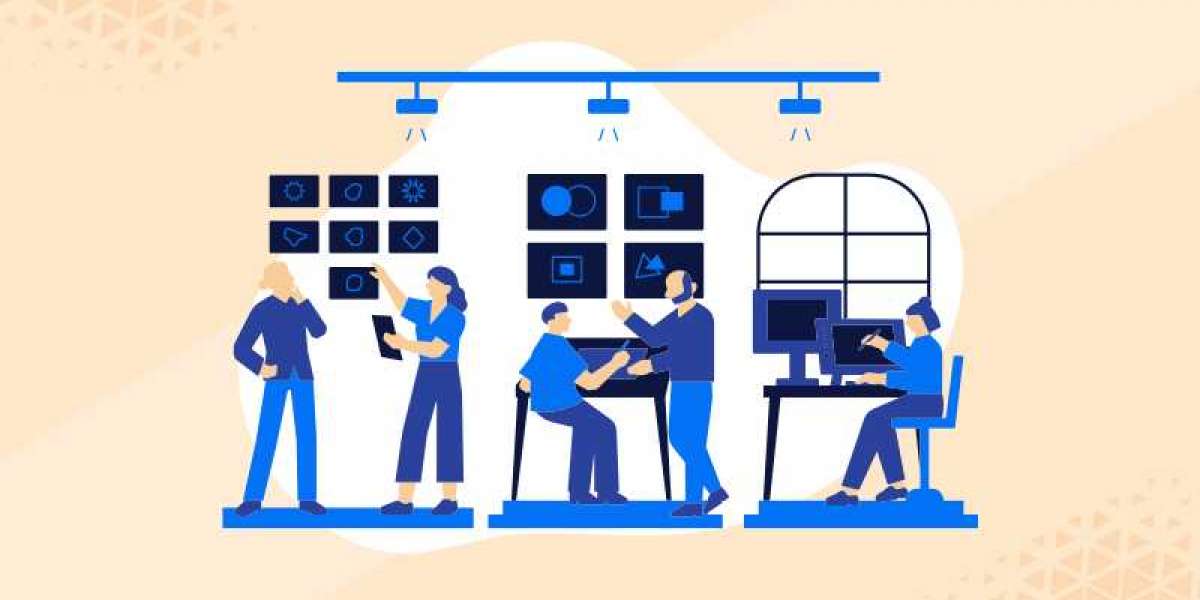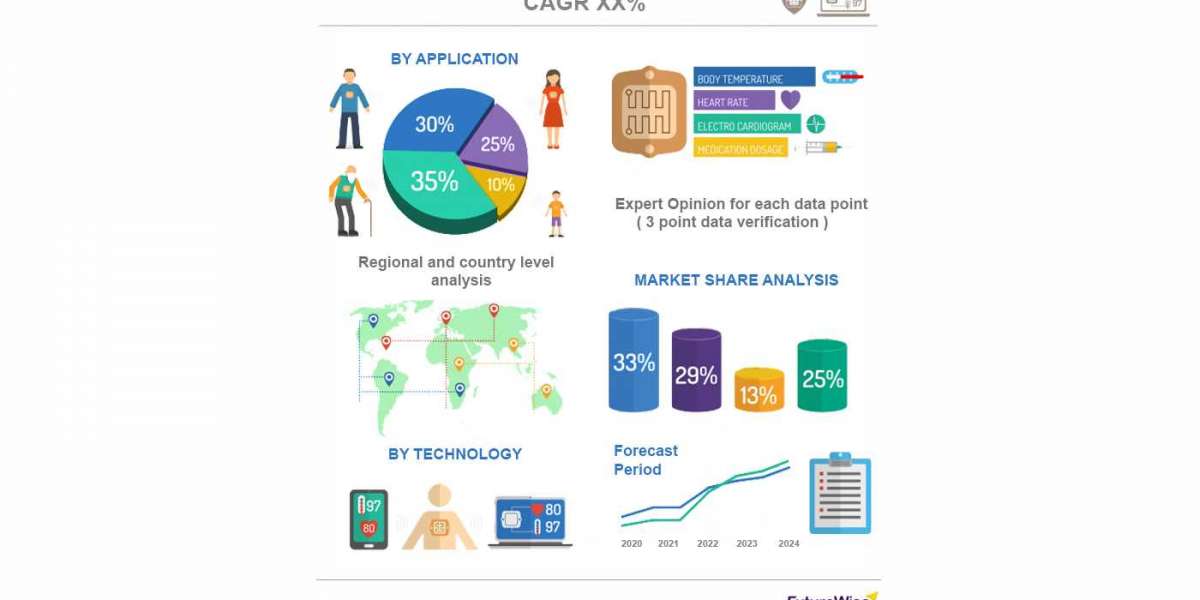Applicant Tracking Systems (ATS) have become an integral part of modern recruitment processes, revolutionizing the way organizations handle job applications. With the increasing number of applicants for each job opening, manually reviewing and shortlisting resumes has become a time-consuming and cumbersome task. However, by implementing an ATS, recruiters can efficiently manage and streamline the entire hiring process right from the initial application to the final selection.
One of the key advantages of an ATS is its ability to automate the screening and filtering of resumes. By utilizing advanced algorithms and keyword matching techniques, an ATS quickly identifies the most qualified candidates based on predefined criteria set by the organization. This not only saves time but also ensures a more objective evaluation of applicants, reducing the chances of biased decision-making. Additionally, an ATS allows recruiters to easily track and manage the entire candidate pipeline, ensuring that no candidate falls through the cracks and all applicants receive fair evaluation.
Key Features to Look for in an Applicant Tracking System
Applicant Tracking Systems (ATS) have become an integral tool for modern recruitment processes, aiding in the efficient management of candidate sourcing and selection. When considering the implementation of an ATS, it is crucial to identify and understand its key features. These features form the foundation for streamlining and optimizing the entire recruitment process to enhance productivity and improve hiring outcomes.
First and foremost, an effective ATS should have robust resume parsing capabilities. This feature enables the system to automatically extract relevant information from resumes and store it in a way that is easily searchable and sortable. With resume parsing, recruiters can quickly and efficiently review candidate qualifications, saving time and ensuring that no potential candidates slip through the cracks. Additionally, ATSs with an intuitive user interface and customizable workflows can greatly enhance the user experience and adapt to the unique requirements of an organization's recruitment process. These features allow recruiters to tailor the system to their specific needs and simplify their day-to-day tasks.
• Resume parsing capabilities that automatically extract relevant information from resumes
• Ability to store parsed information in a searchable and sortable manner
• Efficiently review candidate qualifications, saving time and preventing potential candidates from being overlooked
• Intuitive user interface for an enhanced user experience
• Customizable workflows to adapt to the unique requirements of an organization's recruitment process
• Simplify day-to-day tasks for recruiters
Benefits of Implementing an Applicant Tracking System
An affordable applicant tracking system offers a multitude of benefits to organizations looking to streamline their recruitment processes. One of the primary advantages of implementing an ATS is the significant time and cost savings it provides. By automating various tasks such as job posting, resume screening, and candidate communication, an ATS allows HR teams to focus their valuable time and resources on more strategic activities, like interviewing and selecting top candidates. This not only accelerates the hiring process but also leads to better quality hires, as recruiters have more time to thoroughly evaluate and assess applicants.
Another key benefit of an ATS is improved candidate engagement and experience. With an ATS, organizations can create personalized communication templates, send automatic status updates, and provide timely feedback to candidates throughout the hiring process. By keeping candidates informed and engaged, organizations can enhance their employer brand and leave a positive impression on potential hires. This also helps in fostering better relationships with candidates, increasing the likelihood of attracting top talent and reducing the possibility of losing qualified candidates due to lack of communication. Overall, an ATS plays a crucial role in improving the candidate experience and building a positive employer brand.
Exploring Cost-effective Solutions for Streamlining Recruitment Processes
To streamline recruitment processes and improve efficiency, businesses are increasingly turning to cost-effective solutions. The high costs associated with traditional recruitment methods, such as advertising on job boards and using external recruiters, can quickly add up. However, with the right tools and technology, organizations can significantly reduce expenses while also enhancing their hiring outcomes.
One cost-effective solution that many companies are adopting is the implementation of an applicant tracking system (ATS). An ATS is a software application that automates various aspects of the recruitment process, including resume screening, interview scheduling, and candidate communication. By streamlining these tasks, an ATS eliminates the need for manual data entry and reduces the time spent on administrative duties. This frees up HR professionals to focus on more strategic initiatives, such as building relationships with candidates and improving the overall candidate experience. In addition to the time-saving benefits, an ATS can also help organizations better track and analyze recruitment metrics, enabling them to optimize their hiring strategies and make informed decisions.
Factors to Consider When Choosing an Applicant Tracking System
Factors to Consider When Choosing an Applicant Tracking System
When choosing an applicant tracking system (ATS) for your organization, it is crucial to evaluate your specific needs and requirements. One of the key factors to consider is scalability. As your organization grows, it is important that the ATS can accommodate the increasing number of applicants and job openings. Look for an ATS that offers customization options and can easily integrate with your existing HR systems. Additionally, consider the user-friendliness of the system. Your HR team and hiring managers will be the primary users of the ATS, so it is essential that the system is intuitive and easy to navigate. Training and onboarding should also be taken into account, as a complex ATS can hinder productivity and efficiency.
Another factor to consider is the level of automation the ATS provides. A good ATS should automate various recruitment processes, such as resume screening, applicant scoring, and interview scheduling. This not only saves time but also reduces the risk of human error. Additionally, look for advanced features like AI-driven candidate matching, which can analyze job requirements and candidate profiles to identify the best fit for each role. Lastly, consider the reporting and analytics capabilities of the ATS. The system should provide comprehensive data and insights on key recruitment metrics, enabling you to make data-driven decisions and continuously improve your hiring processes.
Comparing Various Applicant Tracking Systems on the Market
The market is flooded with numerous applicant tracking systems, each claiming to be the best in the industry. With so many options available, it can often be overwhelming for HR professionals to choose the right one for their organization. When comparing various applicant tracking systems, it is crucial to consider the key features and functionalities they offer. This includes features such as automated resume parsing, customizable workflow, interview scheduling, candidate communication tools, and reporting capabilities. It is important to assess which features are essential for your particular recruitment needs and find an applicant tracking system that aligns with those requirements.
Apart from features, the usability and user interface of the applicant tracking system should also be taken into account. A user-friendly and intuitive interface can significantly enhance the efficiency of the recruitment process and reduce the learning curve for both HR professionals and candidates. In addition, it is important to consider the scalability of the system. As organizations grow, their recruitment needs may also change, so choosing an applicant tracking system that can easily adapt and scale with your business requirements is essential. Lastly, it is recommended to read customer reviews and testimonials to gain insights into the experiences of other users and determine if a particular applicant tracking system is worth investing in.
What is an applicant tracking system?
An applicant tracking system is a software tool that helps businesses streamline and automate their recruitment processes. It allows companies to manage job postings, track and evaluate candidates, and facilitate the hiring process.
Why are applicant tracking systems important?
Applicant tracking systems are important because they help businesses save time and effort in their recruitment processes. They automate tasks such as resume screening and candidate tracking, making the entire hiring process more efficient and effective.
What are some key features to look for in an applicant tracking system?
Some key features to look for in an applicant tracking system include resume parsing, candidate tracking, interview scheduling, job posting integration, and reporting and analytics capabilities. These features can greatly enhance the efficiency of your recruitment processes.
What are the benefits of implementing an applicant tracking system?
Implementing an applicant tracking system brings several benefits, including increased efficiency and productivity in the hiring process, improved candidate experience, better collaboration among hiring team members, and enhanced reporting and analytics for data-driven decision-making.
Are there cost-effective solutions available for streamlining recruitment processes?
Yes, there are cost-effective solutions available for streamlining recruitment processes. Many applicant tracking systems offer pricing plans that cater to the needs and budgets of businesses of all sizes. It's important to evaluate the features and pricing options of different systems to find the most suitable and affordable solution for your organization.
What factors should be considered when choosing an applicant tracking system?
When choosing an applicant tracking system, it's important to consider factors such as the specific needs and goals of your organization, the scalability and flexibility of the system, ease of use and implementation, integration capabilities with existing HR systems, customer support and training options, and overall cost-effectiveness.
How can I compare various applicant tracking systems on the market?
To compare various applicant tracking systems on the market, you can start by creating a list of your organization's requirements and desired features. Then, research and evaluate different systems based on these criteria, considering factors such as pricing, customer reviews, and system demonstrations or trials. It's also helpful to seek recommendations from peers or industry experts.
Also read about:
job application management system
Applicant Tracking System for Recruiting Agencies









